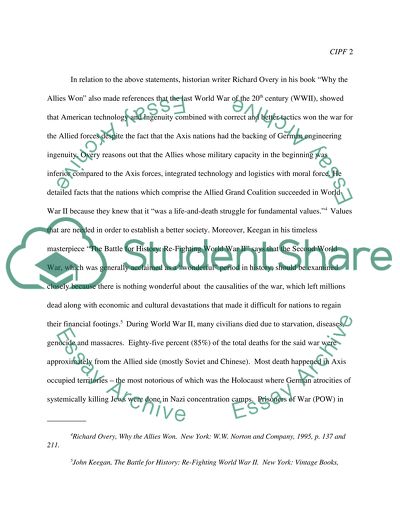Cite this document
(Historical Assessment of the 20th Century Essay, n.d.)
Historical Assessment of the 20th Century Essay. https://studentshare.org/history/1548015-critical-issue-paper-four
Historical Assessment of the 20th Century Essay. https://studentshare.org/history/1548015-critical-issue-paper-four
(Historical Assessment of the 20th Century Essay)
Historical Assessment of the 20th Century Essay. https://studentshare.org/history/1548015-critical-issue-paper-four.
Historical Assessment of the 20th Century Essay. https://studentshare.org/history/1548015-critical-issue-paper-four.
“Historical Assessment of the 20th Century Essay”. https://studentshare.org/history/1548015-critical-issue-paper-four.


